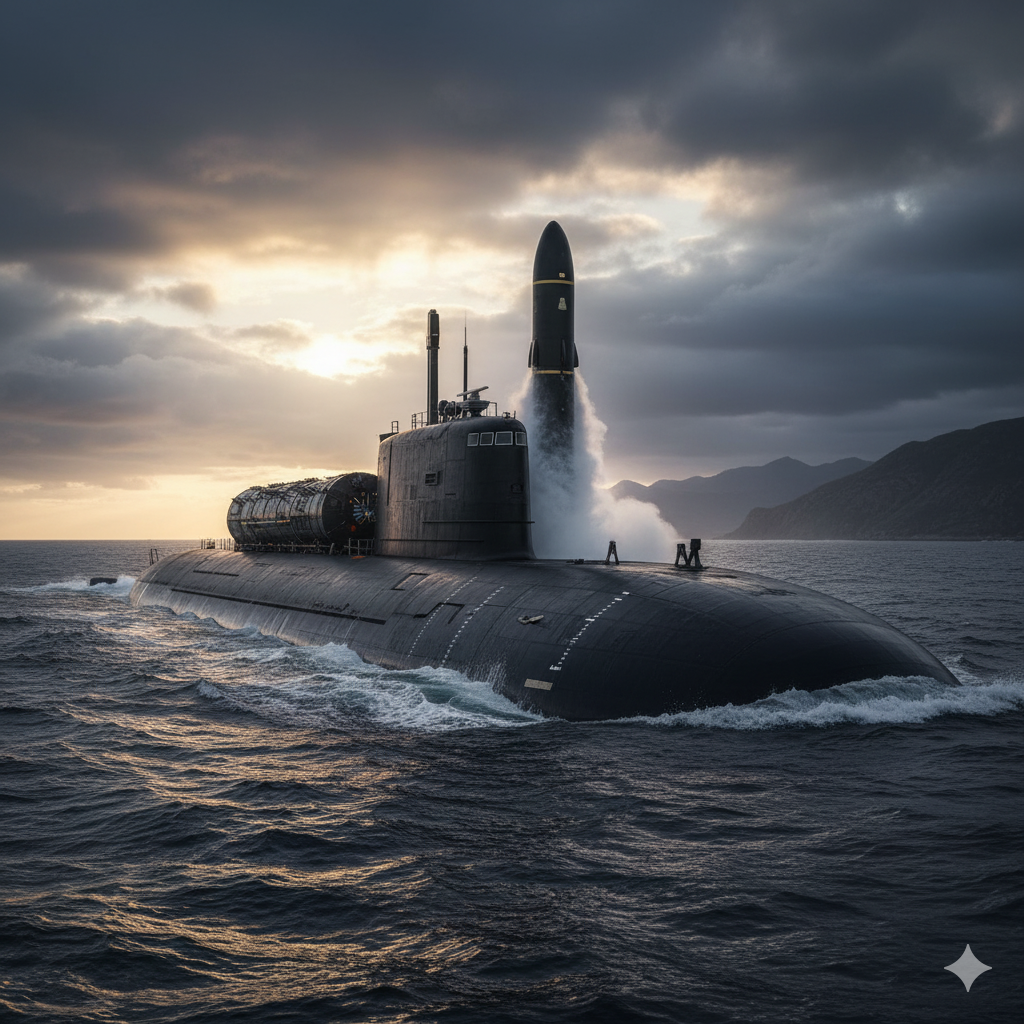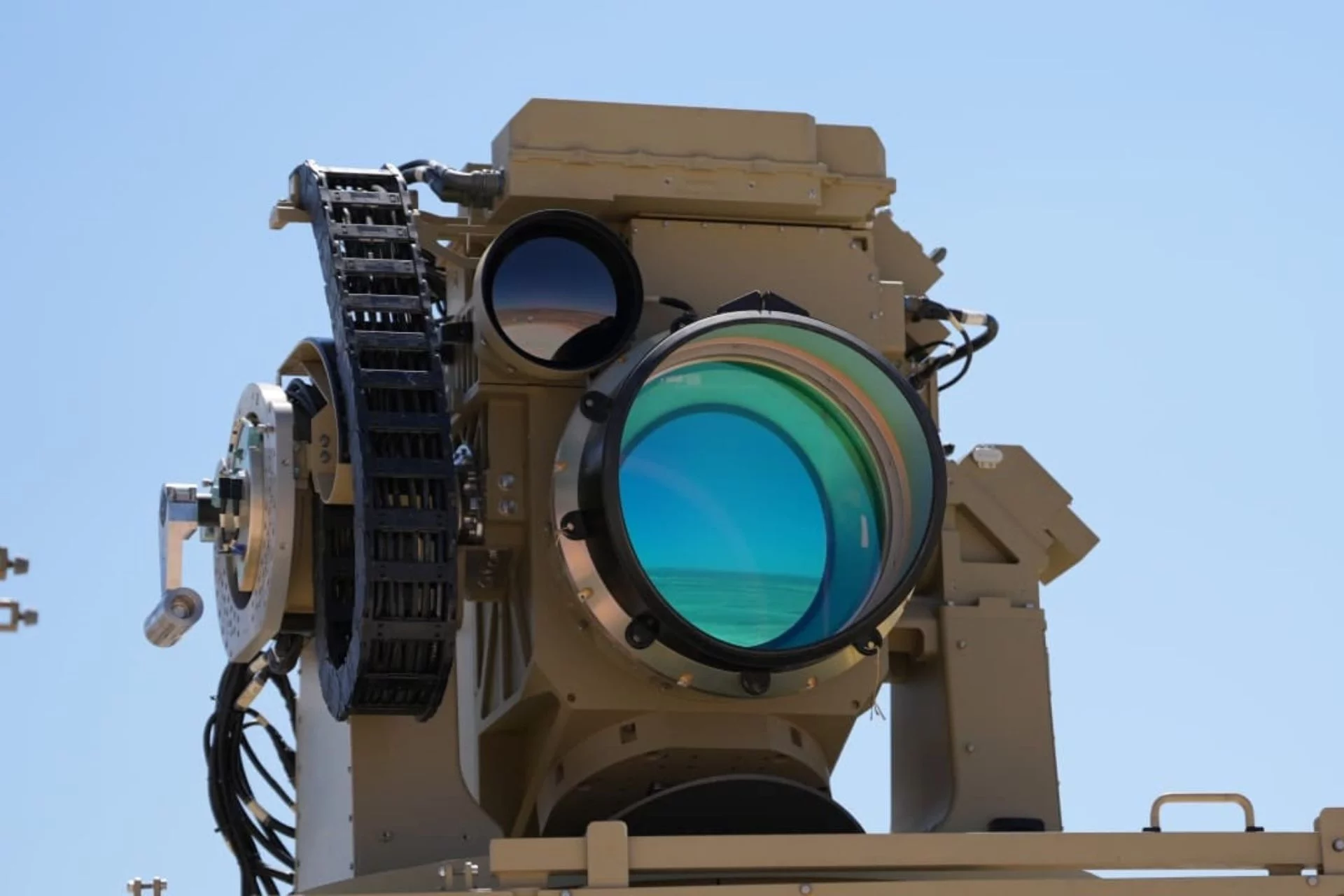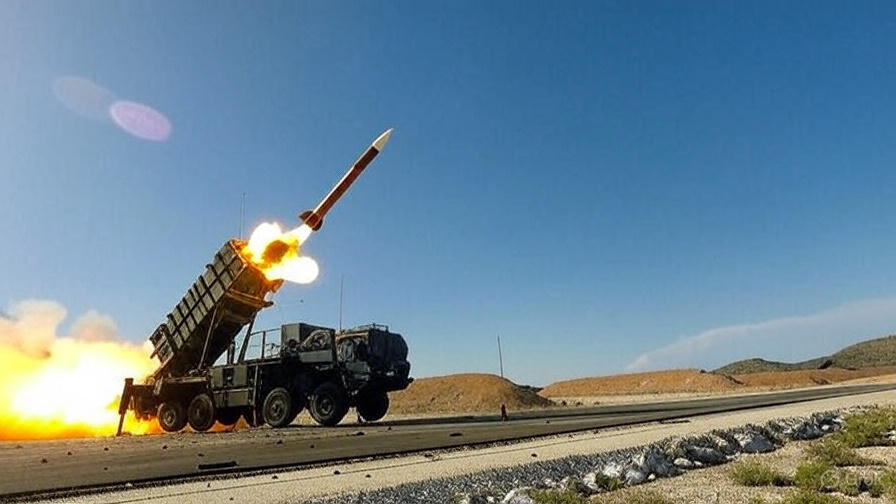A New Pillar of French Strategic Autonomy
In a world of evolving geopolitical landscapes, the concept of national deterrence remains a cornerstone of security for many major powers. France, a steadfast advocate for its strategic autonomy, has recently taken a significant step in reinforcing this principle with the operational deployment of its latest intercontinental ballistic missile, the M51.3. As reported by Army Recognition, this advanced missile system, now proudly carried by the Le Terrible of the Triomphant-class submarine fleet, signifies not merely an upgrade, but a powerful affirmation of France’s commitment to maintaining a credible and robust nuclear deterrent.
For decades, France has carefully cultivated its independent nuclear strike capability, viewing it as the ultimate guarantor of its sovereignty and a crucial element in maintaining global stability. The M51 family of missiles has been central to this strategy, and the M51.3 represents the pinnacle of this lineage. This isn’t just about replacing older technology; it’s about pushing the boundaries of what’s possible in strategic defense, ensuring that France’s deterrent remains effective and formidable well into the future.
Evolution of Power: From M51.1 to M51.3
To truly appreciate the significance of the M51.3, it’s essential to understand its heritage. The M51 program began as a successor to the M45, aiming for greater range, accuracy, and survivability. The initial M51.1 model introduced a new generation of ballistic missile technology, significantly enhancing France’s strategic capabilities. The subsequent M51.2 brought further refinements, incorporating improved guidance systems and warhead technologies.
The M51.3, however, is a leap forward. While specific details of its advancements are, by their very nature, highly classified, it’s understood to feature enhancements in several critical areas. These likely include extended range, increased precision, and potentially more advanced penetration aids to overcome sophisticated anti-ballistic missile defenses. Furthermore, improvements in propulsion and materials technology contribute to its overall performance and resilience. This continuous evolution demonstrates France’s unwavering dedication to staying at the forefront of strategic missile development.
The Role of the SNLE: France’s Silent Guardians
The M51.3 missile is not a standalone weapon; it is an integral part of France’s Sous-marins Nucléaires Lanceurs d’Engins (SNLE), or Nuclear-Powered Ballistic Missile Submarines. These majestic vessels, particularly the four Triomphant-class submarines (Le Triomphant, Le Téméraire, Le Vigilant, and Le Terrible), are the silent guardians of France’s nuclear deterrent. Operating in the vast, unforgiving depths of the ocean, these submarines provide the crucial element of invulnerability, ensuring a second-strike capability that deters any potential aggressor.
The Le Terrible, having recently integrated the M51.3, now stands as the vanguard of this upgraded force. Each SNLE is capable of carrying up to 16 M51 missiles, making each submarine a formidable force projection platform. The ability of these submarines to patrol undetected for extended periods, ready to launch their payload if necessary, is what gives France’s nuclear deterrence its credibility and strategic weight. The operational deployment of the M51.3 on Le Terrible signifies that this enhanced capability is now fully integrated and ready for service.
Why Maintain a Nuclear Deterrent? The French Perspective
For some, the continued investment in nuclear weapons might seem anachronistic in the 21st century. However, for France, the nuclear deterrent is not merely a relic of the Cold War but a dynamic and indispensable tool for national security. The French doctrine emphasizes a concept of “strict sufficiency,” meaning they maintain only the number of weapons necessary to ensure their security.
The purpose is purely defensive: to deter any state from attacking France’s vital interests or threatening its sovereignty. It acts as a shield, preventing aggression by demonstrating the unacceptable consequences of such actions. In a world where conventional threats are complex and rapidly evolving, and where the specter of proliferation looms, France believes its independent nuclear deterrent provides an essential layer of protection and contributes to global strategic stability by ensuring no single power can dominate without challenge.
Looking Ahead: The Future of French Deterrence
The operationalization of the M51.3 is a testament to France’s long-term vision for its defense. It reflects significant investment in research and development, cutting-edge engineering, and the unwavering dedication of its military and industrial sectors. This upgrade ensures that France’s nuclear deterrent remains credible and effective against any foreseeable threats, maintaining its independent decision-making capabilities on the global stage.
As technology continues to advance, so too will the challenges to strategic stability. However, with systems like the M51.3 now at the ready, France continues to demonstrate its commitment to adapting, innovating, and ensuring its national security remains uncompromised, allowing it to project its influence and uphold its values in an ever-changing international order.




